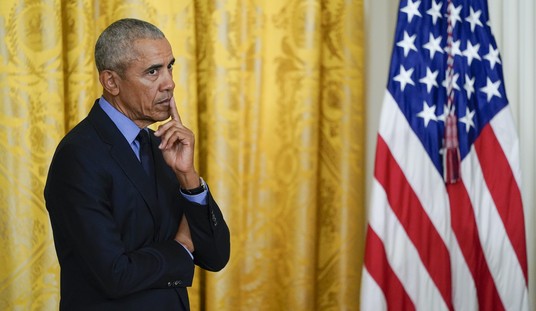The trustees named three goals in establishing the Colony of Georgia: to give the deserving poor a chance, to bring trade and wealth to the Crown, and defend the Carolinas from the Spanish.
James Oglethorpe was the third son of English nobleman, who could have lived out his life with ease and excess. Instead, his focus and concern for the common man led him to a life of service.
After serving in the army, Oglethorpe moved to his family’s estate and reestablished himself in the community. He ran, and was elected by one vote, to the House of Commons in 1722. Oglethorpe became part of the committee charged with investigating debtors’ prisons. The prisons had been investigated before – but no reform had come about. Oglethorpe vowed to change this by investigating them himself and taking the committee to the prisons for them to see the terrible conditions. His work led to the 1730 Debtors Act, which provided rights to debtors.
However, Oglethorpe is best known for settling Georgia. There were various reasons why the emigrants that came with him fled the continent, some religious freedom, some fiscal freedom, others for a chance at building a new life. They all knew it would be hard, incredible backbreaking work – that some would die, that others would flee, but there was the chance that some would flourish. They were not given a guarantee of equal outcome, of equal education or even of universal healthcare. They were offered a chance – and that was all that they required.
Recommended
Oglethorpe first established a treaty with the Creek Indians to settle Savannah. Next Oglethorpe worked towards establishing a defense on the southern end of the Colony to protect against the Spanish. Fort Frederica and Fort St. Simons were established on St. Simons Island and built into a community of over 1,000 people.
Oglethorpe’s influence led to the prohibition of rum, brandy, and other distilled spirits, as well as the prohibition of the importation of slaves into the Georgia Colony. He was personally involved in building Fort Frederica, often working by the side of the colonist to build buildings.
His push for a southern fort paid off when the British and Spanish entered into conflict in 1739. St. Simons Island was the one British stronghold between the Spanish and Savannah and the Carolinas. Suddenly, it was very important. In June of 1742, a lookout in Fort St. Simons spotted over 30 Spanish ships led by Governor Montiano, sailing from St. Augustine. They lay offshore for days, but came on land July 5th during a flood tide. In the ensuing battle, Fort St. Simons fell and the Colonists retreated to Fort Frederica. Oglethorpe was out numbered by the Spanish, but held an advantage due to knowledge of the Islands’ terrain and the help of the local Indians. The British forces included British Regulars, Scottish Highlanders and Local Indians.
The Spanish occupied Fort St. Simons and began their way towards Fort Frederica on July 7th. When Oglethorpe heard the news, he rushed out with troops, met the Spanish and pushed them back temporarily. While the Spanish regrouped, Oglethorpe dispatched Highlanders to set up on the edge of a marsh to intersect the Spanish. Oglethorpe returned to Ft. Frederica to warn of a potential flanking maneuver by the Spanish, but rushed back to the marsh when he heard musket shots. Surprised by the British forces, the Spanish began forming a line to counterattack while the Highlanders and Indians used guerilla tactics to inflict damage. When Oglethorpe returned, the British forces were beginning to fall back. He encouraged them forward; the Spanish soon ran out of ammunition and retreated. Legend has it that there were so many dead the marsh ran red with blood hence the name the Battle of Bloody Marsh.
Not yet defeated on the island, the Spanish began to plan their next move. Oglethorpe, with the knowledge that there were no reinforcements coming and that he was vastly outnumbered, planted a letter on a Spanish captive suggesting that a British deserter was a double agent, and more British troops were on their way.
Montiano, seeing ships sent from the Governor of Carolina a few days later, believed the deceptive intelligence and retreated to St. Augustine. What Montiano did not know was that the ships were only on an intelligence-gathering mission and no help was coming from South Carolina.
In the end, though outnumbered by the Spanish, the British won out due to superior knowledge of terrain, use of guerrilla fighting, strategic use of disinformation to affect the enemy’s plans, divine providence, and Oglethorpe’s leadership. One man can make a difference.























Join the conversation as a VIP Member